The LG G4 Review
by Joshua Ho on July 30, 2015 10:00 AM EST- Posted in
- Smartphones
- Qualcomm
- LG
- Mobile
- Snapdragon 808
- LG G4
Software: LG UX 4.0
Software is ultimately one of the most important aspects of a smartphone. In the case of iOS and most mobile OSes, the experience is essentially fixed for everyone. However, with Android OEMs often create their own frameworks within the OS to enable various features that are missing from the base OS. OEMs also tend to change the look and feel of many core user applications and many key Android UI elements. As a result, it is often necessary to evaluate UI on a per-device basis rather than with a single catch-all OS review due to the potential for some enormous design variance.
When it comes to LG’s UX 4.0, LG definitely goes with an experience that is extensively customized that differentiates itself from stock Android. Almost every stock application has been replaced by LG’s take on Android. The color scheme of the UI is somewhat inconsistent, as aspects of the UI like the weather clock and quick settings toggles tend to be strongly saturated while other aspects of the UI like the notification shade and most of the iconography tends to be rather muted in comparison due to the use of pastel colors. I’m actually not sure whether this is the result of the high-gamut display or deliberate color choices, but the use of neon colors in general definitely draws a lot of attention when it’s used.
Outside of this though, I honestly don't have too much to object to on this front. LG still isn’t really following all of Material Design, although I suspect there’s at least some debate over whether the level of focus on animation in Lollipop has become distracting. At any rate, this isn’t a huge deal but I suspect it would give a better sense of flow and continuity within the UI if LG implemented more animations to fit Material Design, such as sliding in a “card” when adding a calendar event rather than just having the new screen appear from thin air.
If you look past the animation style, LG has done a surprisingly good job with the UI. Most applications mostly look the part of a modern Material Design. Most applications like the calendar, tasks, and notes (QMemo+) place the action overflow button on the far right of the top navigation bar, then a floating action button (FAB) with appropriate drop shadows on the bottom right. Sidebar menus are marked with the standard icon that we’re all familiar with on Android and open with a swipe in correctly instead of requiring a precise tap of the icon like TouchWiz on the Galaxy S6. Meanwhile there are some applications that behave strangely by default like the settings app, but changing the view to list view instead of tab view resolves these problems for the most part. The messaging experience is also surprisingly awesome, as you get popups to quickly reply to SMS/MMS when you aren't in the messaging app.
Ultimately LG really deserves some credit for implementing smart functionality in an intuitive manner throughout their skin, and these are things that arguably couldn't be accomplished within the constraints of a "pure AOSP" build.
Of course, there are some other issues with design consistency. The lock screen is one notable departure from the rest of the mostly-MD UI, as the default swipe lock screen has some really ostentatious animation no matter what you set. Admittedly, this is a pretty minor issue and goes away completely if you set any sort of security with no timeout, so I’m not too hung up on this. There’s also no fingerprint authentication option here, which is a big disappointing as I’ve always felt that a combined fingerprint scanner and power button on the G4 would’ve been a great user experience given the rear-mounted buttons.
Iconography is also a big inconsistent even if it’s all relatively tasteful, with some icons using drop shadows and pastel colors with a square background, while others have a single fixed color, no shadowing, and a round background. The final aspect where I saw some noticeable design inconsistency is the power menu, which looks like it came from MIUI or iOS rather than Android due to the use of a background Gaussian blur with rounded, white icons that lack depth.
Outside of these basic questions of design, LG has also added some surprisingly useful functionality with working Dual Window functionality. LG has implemented a UI that requires manually selecting both applications that will be used in Dual Window mode, and the list of applications that work with this mode is noticeably lower than what Samsung supports with MultiWindow so the functionality and user experience isn’t as good here. I still think native windowed application support is a must for Android on tablets, but this is something that only Google can do. There are also QSlide apps which are essentially floating window applications, but for some reason activating QSlide within a supported application is an option buried within the action overflow button instead of some sort of gesture or immediate action button. Key applications for a good out of the box experience are also done acceptably well.
Going beyond design consistency concerns, performance is solid on the LG G4. For the most part, navigation through the UI is fluent and basically free of lag. However, compared to the Galaxy S6 I noticed more dropped frames in third party applications when dealing with CPU-heavy listviews like the Play Store. I suspect that this is mostly due to differences in governor behavior and software optimization rather than throttling though, as die temperatures never approach anything notable when just going through light applications like the Play Store or scrolling through a webpage.
Overall, LG’s software experience is decent, but there is still progress to be made. There is some need for more cohesive design and overall polish, but otherwise I doubt that anyone will really have major problems with LG’s UI. I didn’t notice any real usability issues in general, and I suspect neither will the average user. I noticed an option in the developer settings for enabling and disabling OEM bootloader unlock, so enthusiasts should be able to unlock the bootloader on at least a few variants although with US carriers it’s always hard to gauge whether this is possible due to their requirements. The real concern isn’t so much that the experience is poor, but that there are some notable feature omissions like a fingerprint scanner and Google Now activation regardless of screen state. If you don’t find these omissions to be glaring, the G4’s software experience should be acceptable.



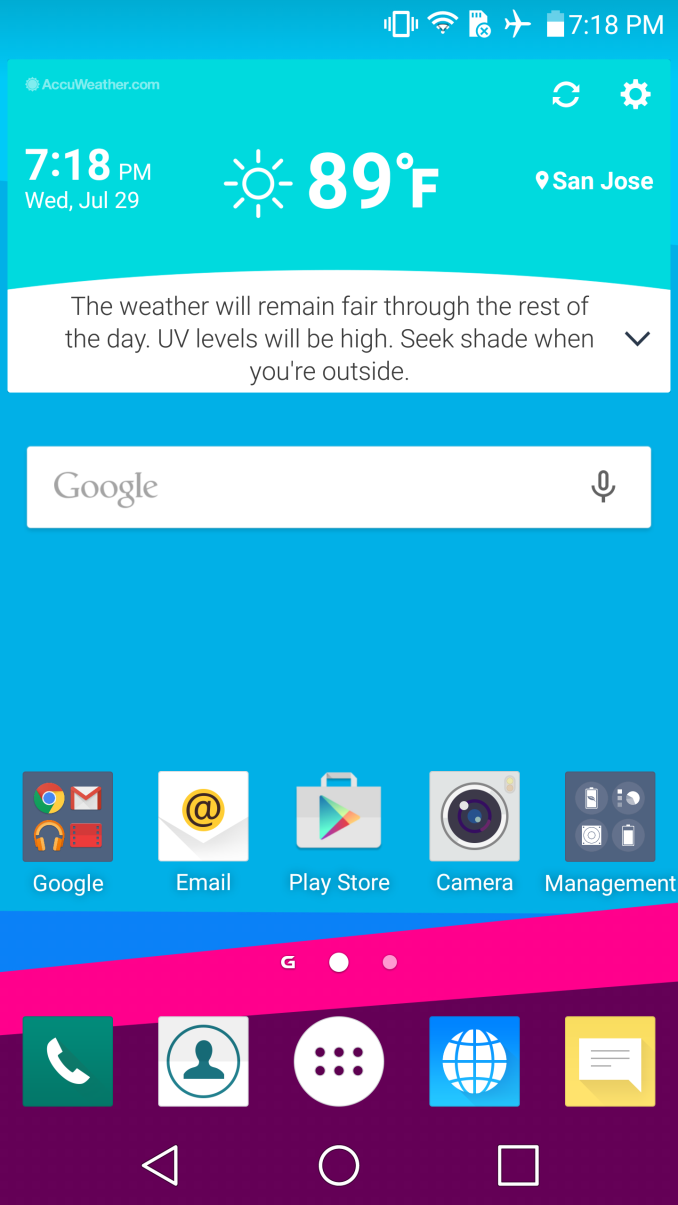
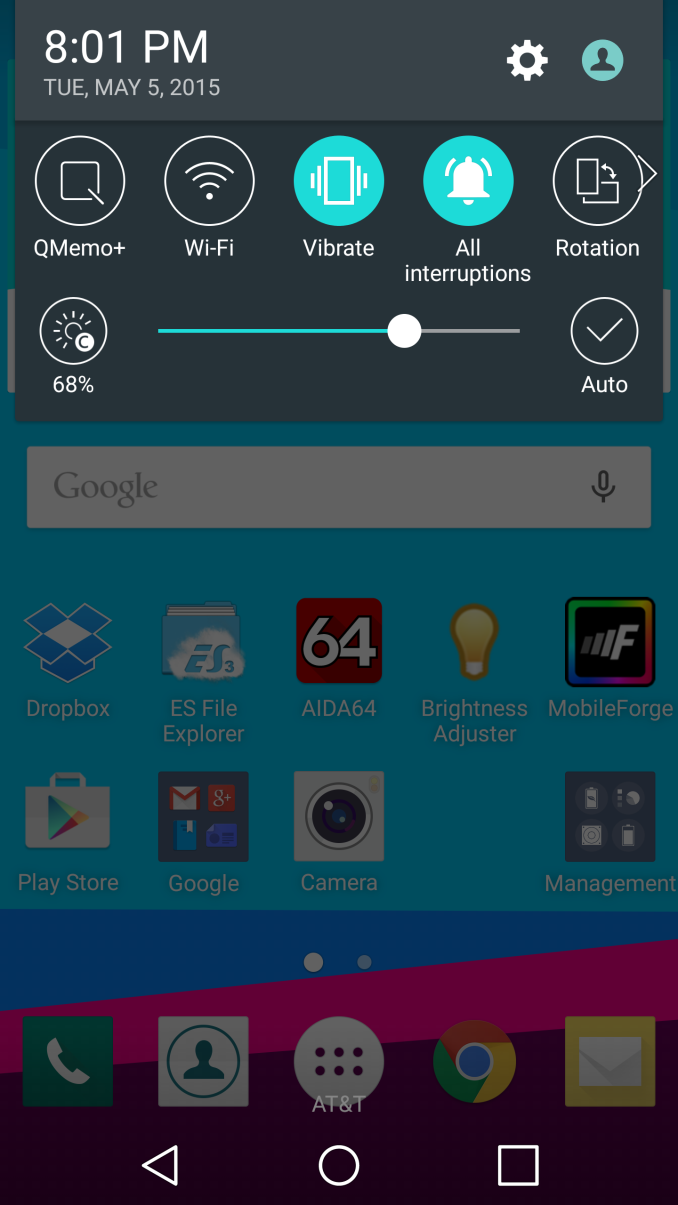
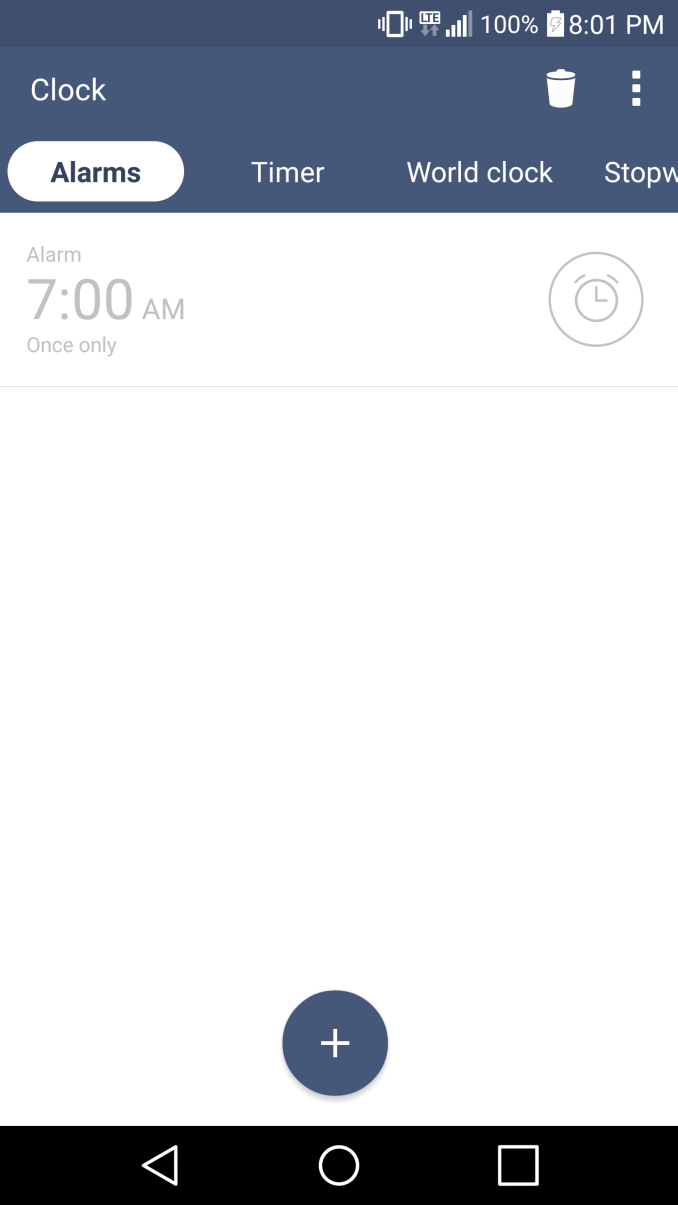
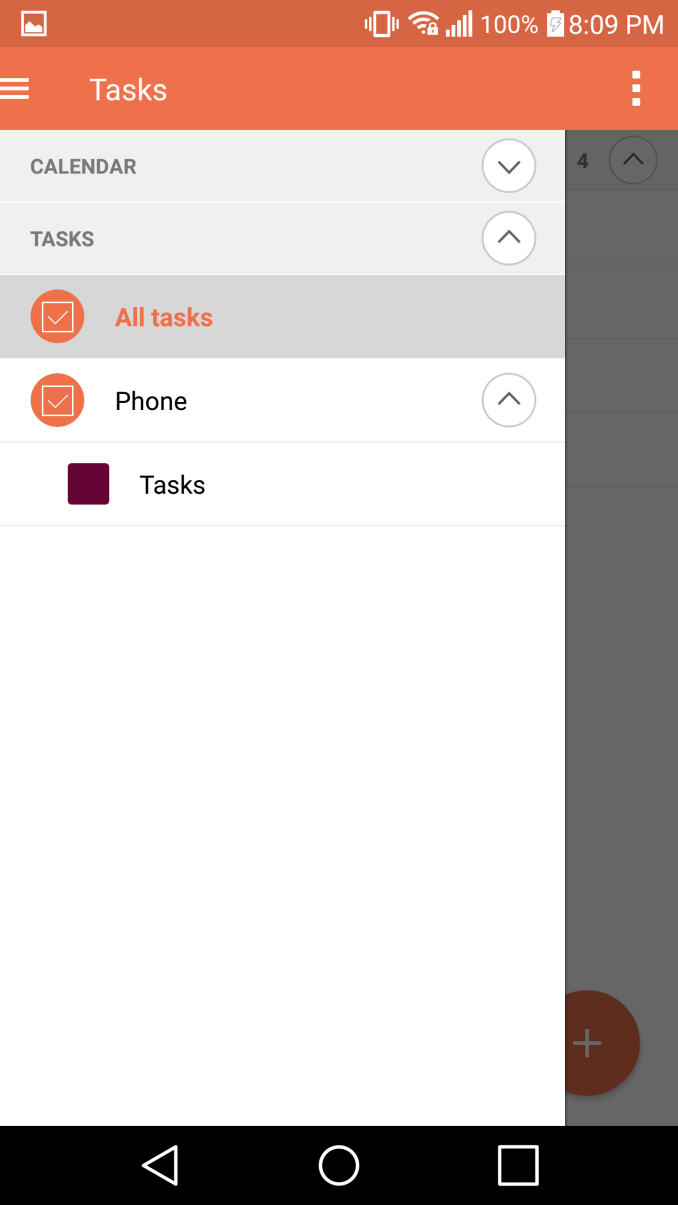
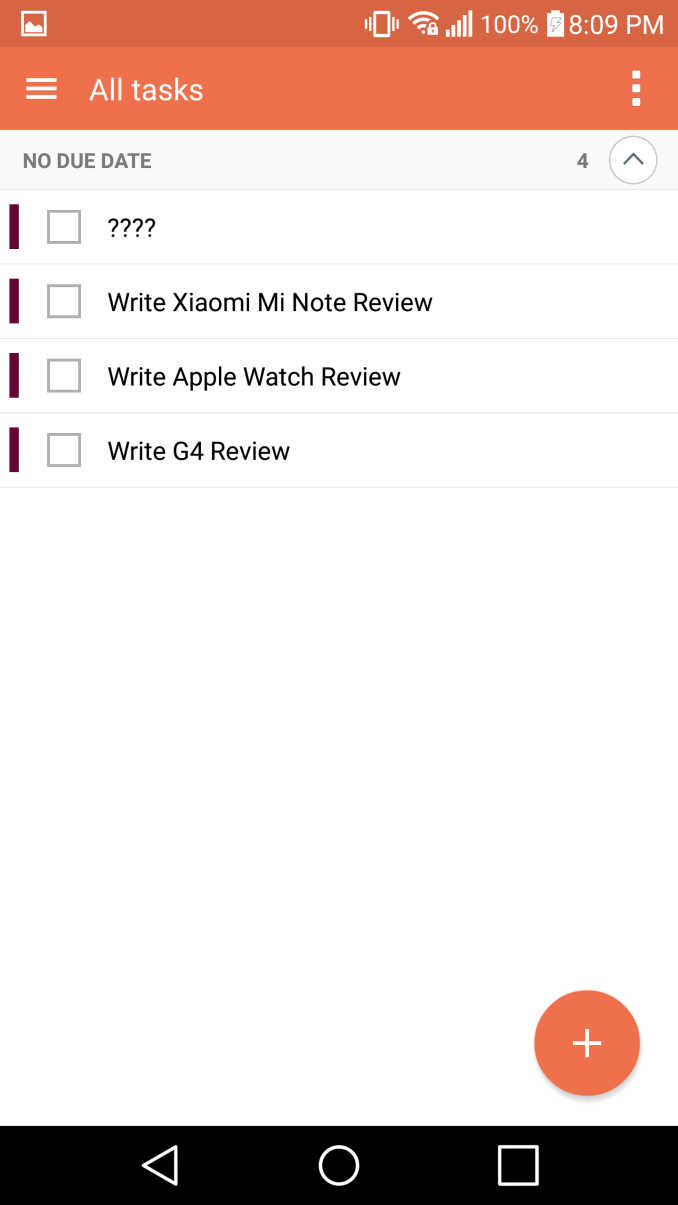
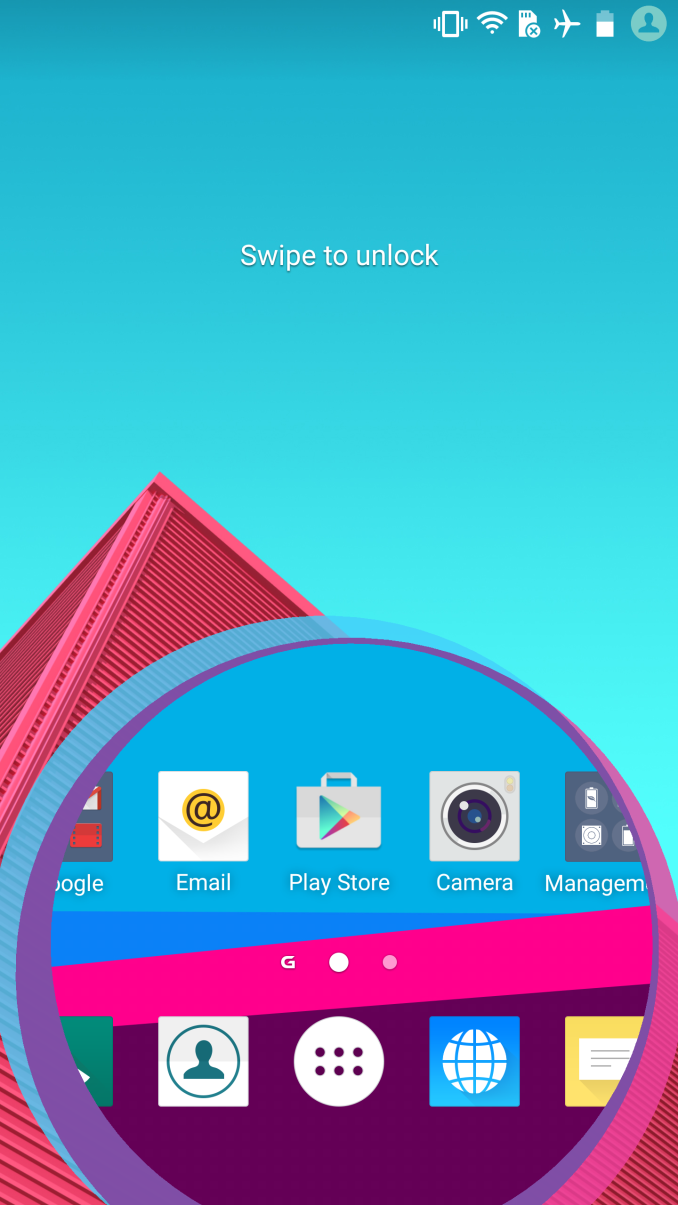
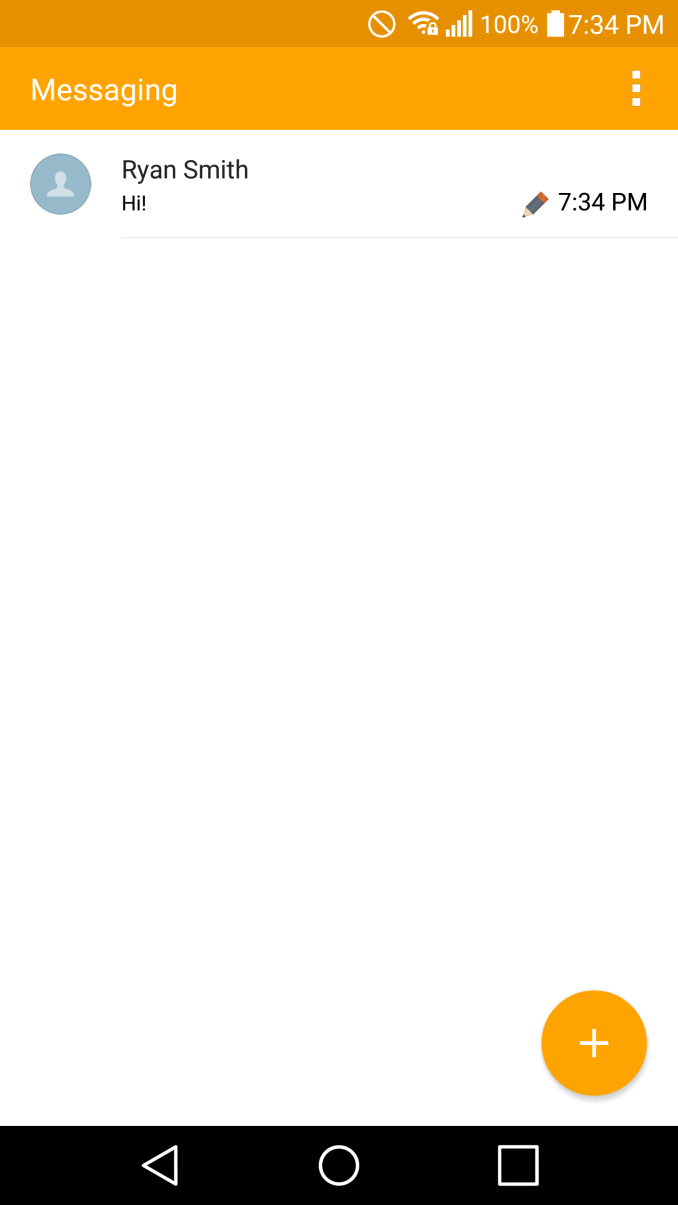
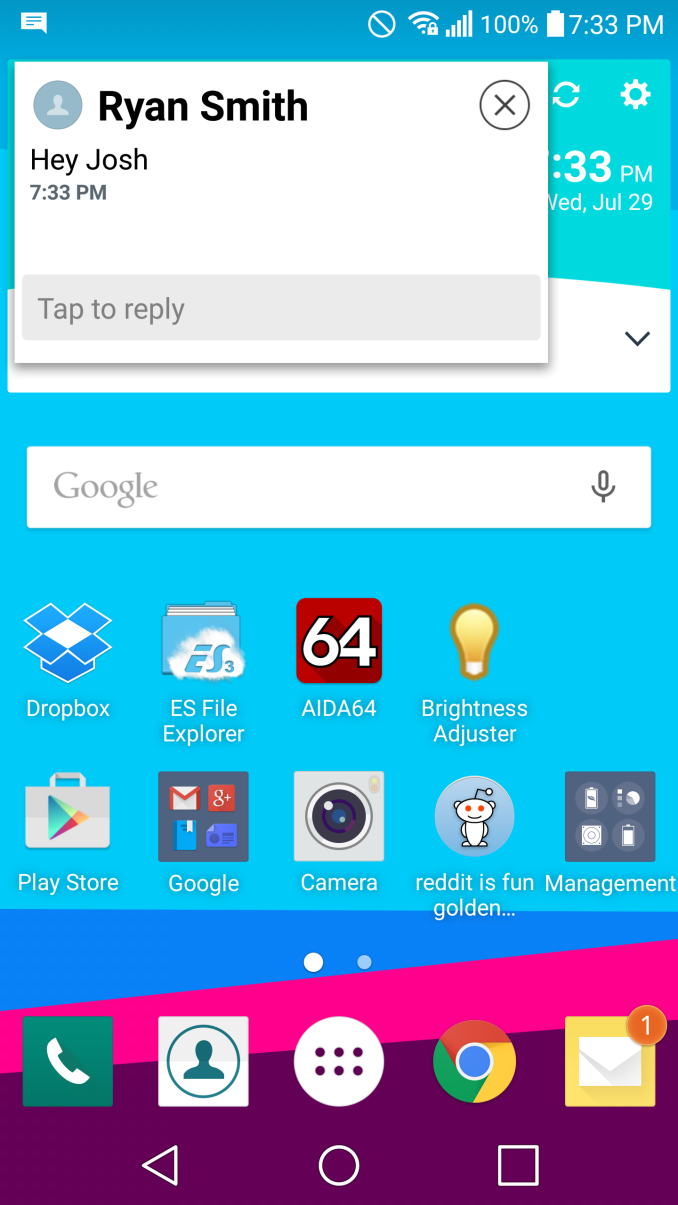


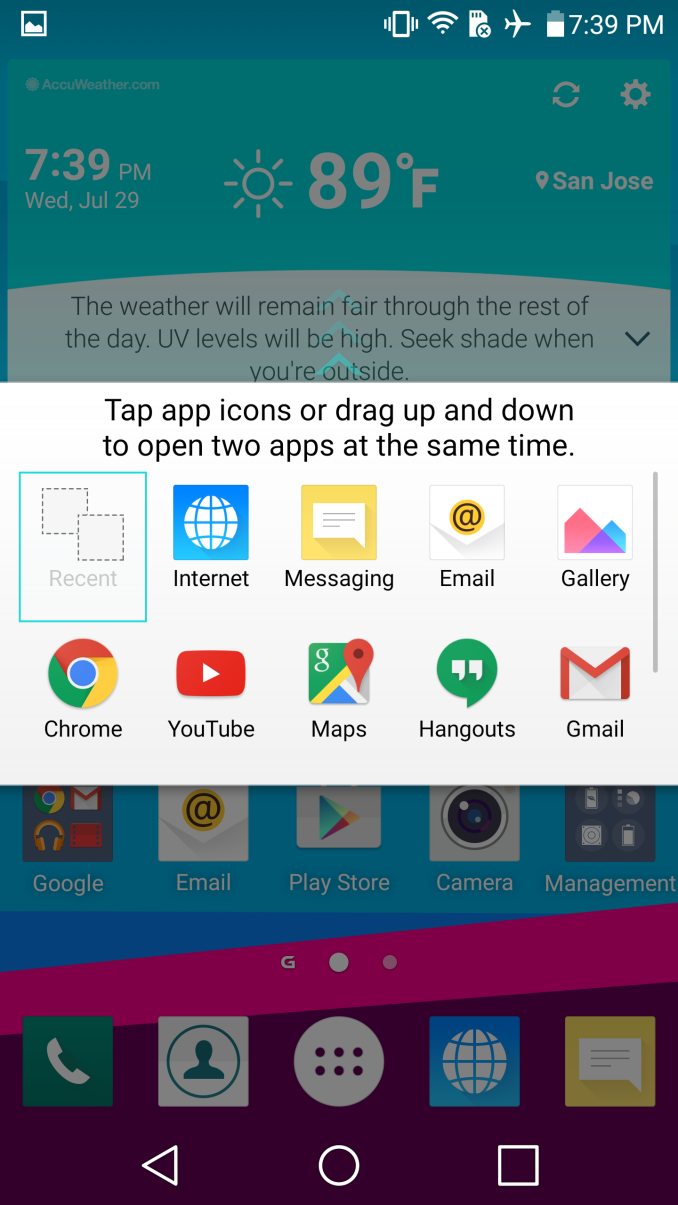
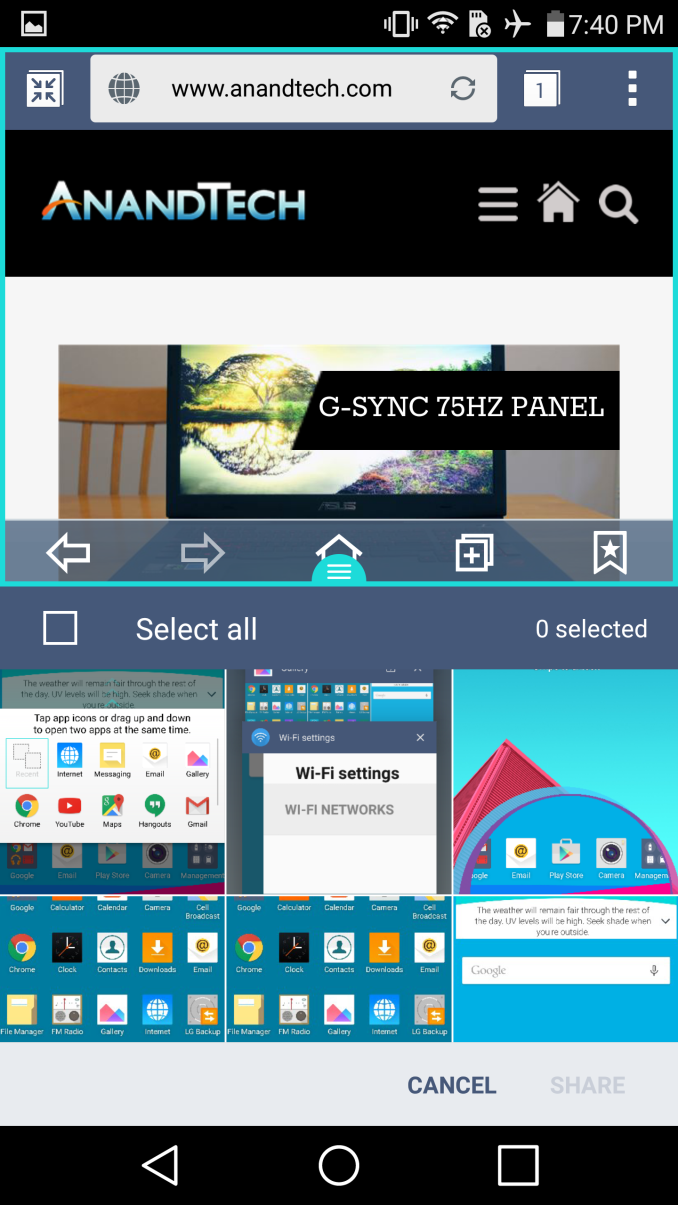
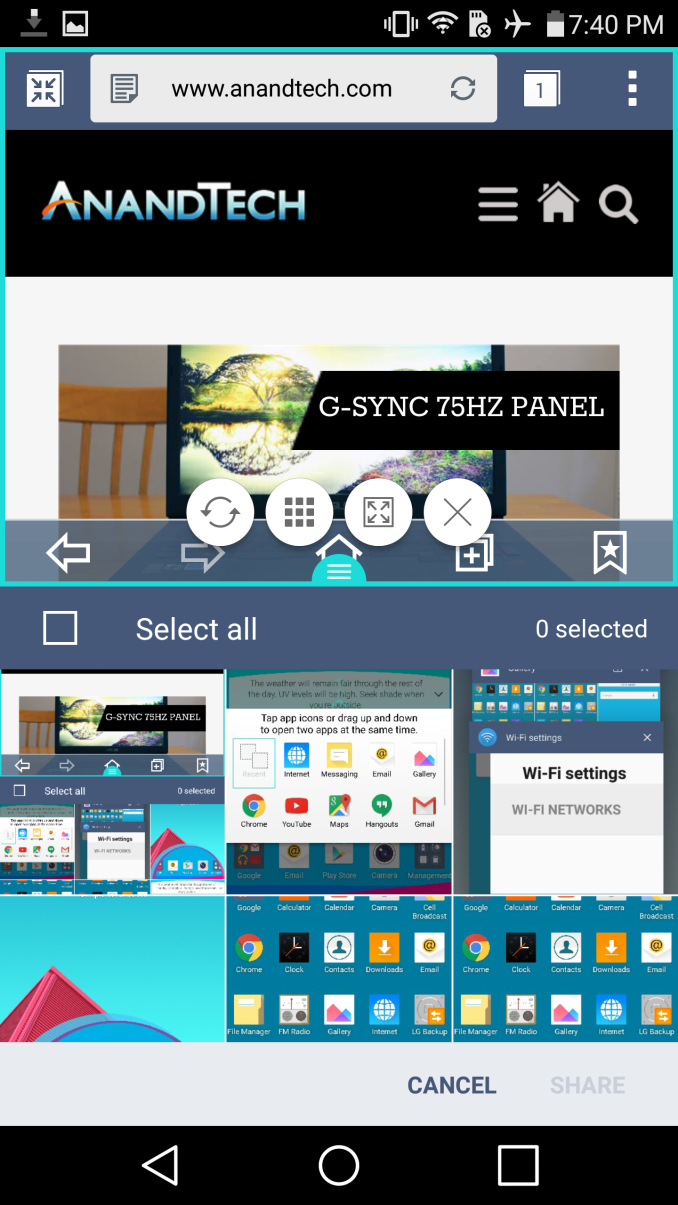
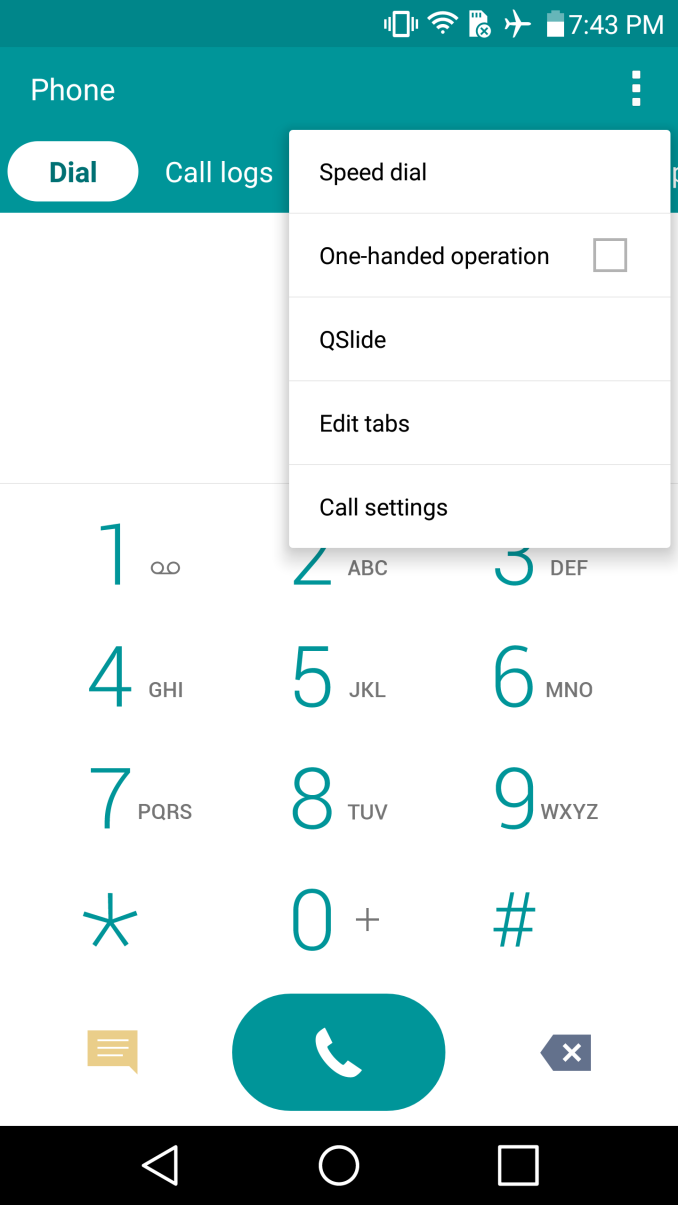
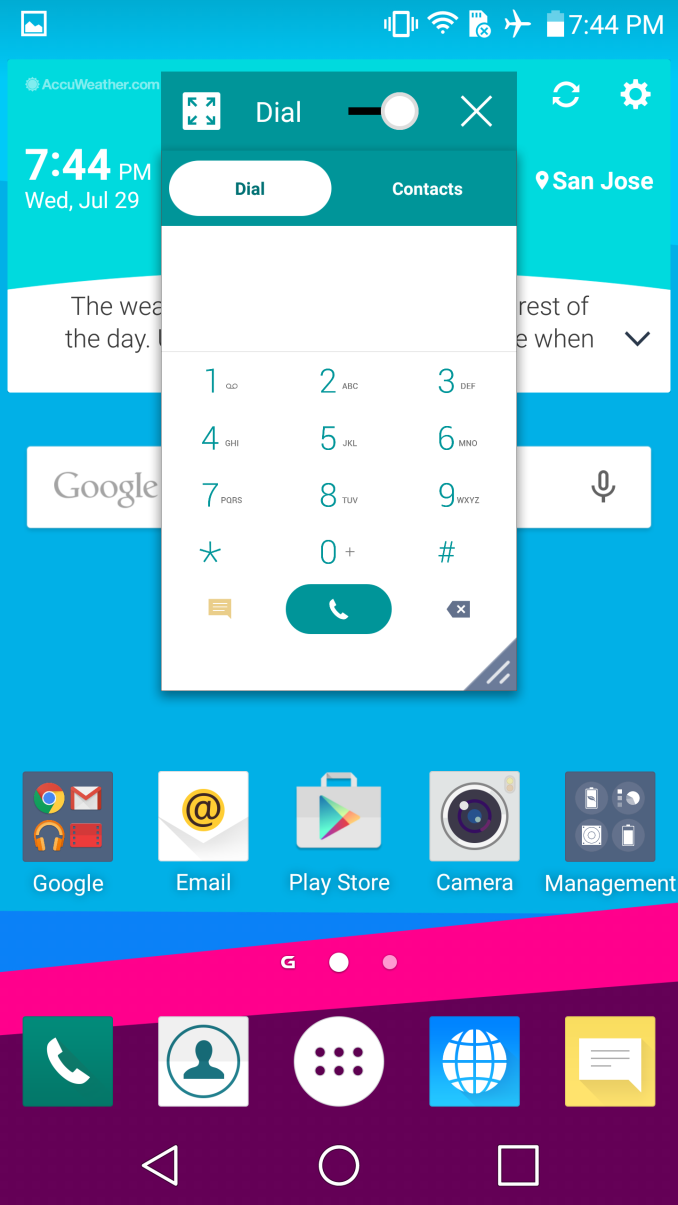








84 Comments
View All Comments
hans_ober - Thursday, July 30, 2015 - link
Hoping the Moto G review comes out in the next 2 days!Flunk - Thursday, July 30, 2015 - link
It's a shame this doesn't have a 5" 1080p display, then it would be perfect.hans_ober - Thursday, July 30, 2015 - link
Yeah, 720p is fine, but 1080p is a noticeable improvement. Stuff is visibly sharper.Bigger battery + Better GPU would have also been needed to maintain parity.
jjj - Thursday, July 30, 2015 - link
Funny how the tone changes with the manufacturer instead of being proportional with the numbers.But even more amazing is that everybody when talking iphone camera fully ignores the resolution. The thing has 2-3 times fewer pixels that the "nermal"high res phone cams. No matter the methodology of factoring in the res , the iphone still starts with at least a 20-30% handicap in the final grade. But almost everybody just ignores the res, like it's not there at all. Granted,that's the norm for any iphone flaw or missing feature.
Anyway, hope you guys stop being so lazy, get rid of every SoC banchmark you are using now and replace them with something useful.
boostern - Thursday, July 30, 2015 - link
There are other websites that already do that. We are here reading Anandtech because we like "every SoC benchmark", for us it is useful.hans_ober - Thursday, July 30, 2015 - link
Yeah, many websites give you a tldr, which appeals to a normal user: "the phone is fast blah blah"Then you have other websites that post benchmarks and stuff for "tech guys" : "octa core.. 1080p blah "
Aand then there's Anandtech. Don't get me started on their deep-dives.
Impulses - Thursday, July 30, 2015 - link
Hmm, if it were something like 12mp vs 16mp+ I'd say it'd be fair to downplay res, but 8 vs 16 and beyond really does make a big difference when it comes to printing or even cropping for tighter framing online.Nerdy Geek - Thursday, July 30, 2015 - link
I am surprised that you say the LG G4 and jesusPhone+ have a better camera. Both DPreview and DXO mark says otherwise by a large margin for the S6 (except perhaps in manual mode on the G4 in low light). From my short time with a S6 Edge I would agree (also had 6 and 6+ for about 2 weeks)grayson_carr - Thursday, July 30, 2015 - link
I'm surprised too. I used the Galaxy S6 for 2 months and the G4 for 1 month and did several side by side camera comparisons. I thought the Galaxy S6 had a better auto mode and took better pictures in good lighting, and the G4 had a superior manual mode and took better pictures in low light. In auto mode in daylight, I found that the G4 was too hesitant to use HDR, probably because it is rather slow compared to the real time HDR on the S6. And the G4 often produced either overly soft or overly sharpened photos.phoenix_rizzen - Thursday, July 30, 2015 - link
Took them a couple years and several phone iterations, but it looks like they may have finally come out with an upgrade for the LG G2.